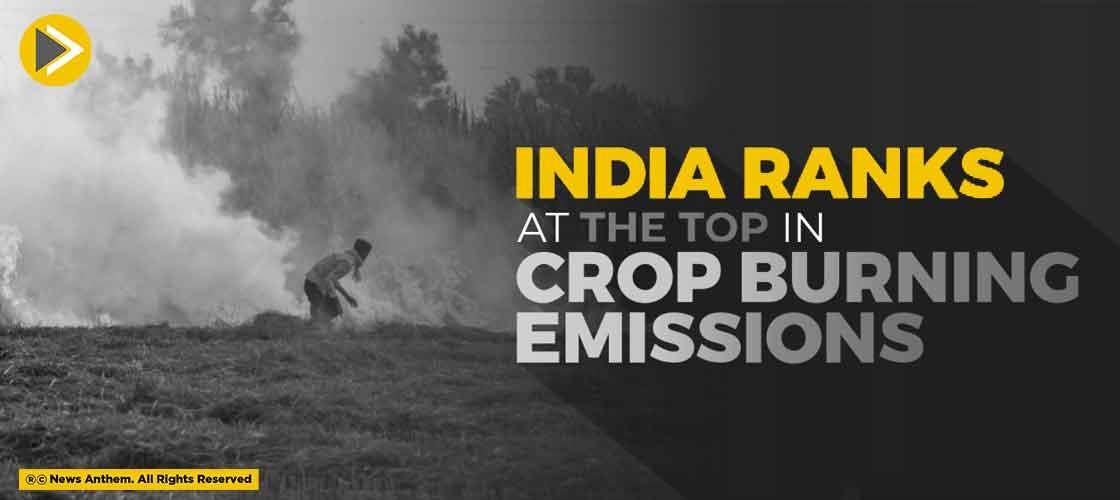India Ranks At The Top In Crop Burning Emissions

News Synopsis
Crop Burning is a common practice among Indian farmers who use it to burn the stubble of previous crops before sowing the next round of seeds. This practice has been banned by the government due to it being the major constituent of the total pollution created in India. A report suggests that a total of 50% of Delhi's pollution is caused by crop burning. Crop burning leaves toxins over 50 times what is deemed healthy. This takes place every year at the beginning of October when it's time to grow the next round of crops.
This year too, farmers have done the same. A report by Blue Sky Analytics suggests that emissions due to crop burning have increased by 12.8 percent. Before this, between 2016-19, India noticed a downward trend in greenhouse gas emissions due to crop burning by 11 percent. But the percentage has grown since then.
Many times the government has taken strong resolutions against crop burning but all their efforts have been in vain. The reason why farmers want to continue doing so is the lack of alternatives. Crop burning is the cheapest way for farmers to burn the leftover stubble. They cannot afford expensive machines that cost 10,000 rupees to rent it for a day while crop burning takes only 1,000 rupees. Although the government claims that it is working to figure out ways to stop this; all their efforts seem like lip service. They haven't pushed hard enough to endorse other ways to cut the stubble.
You May Like









